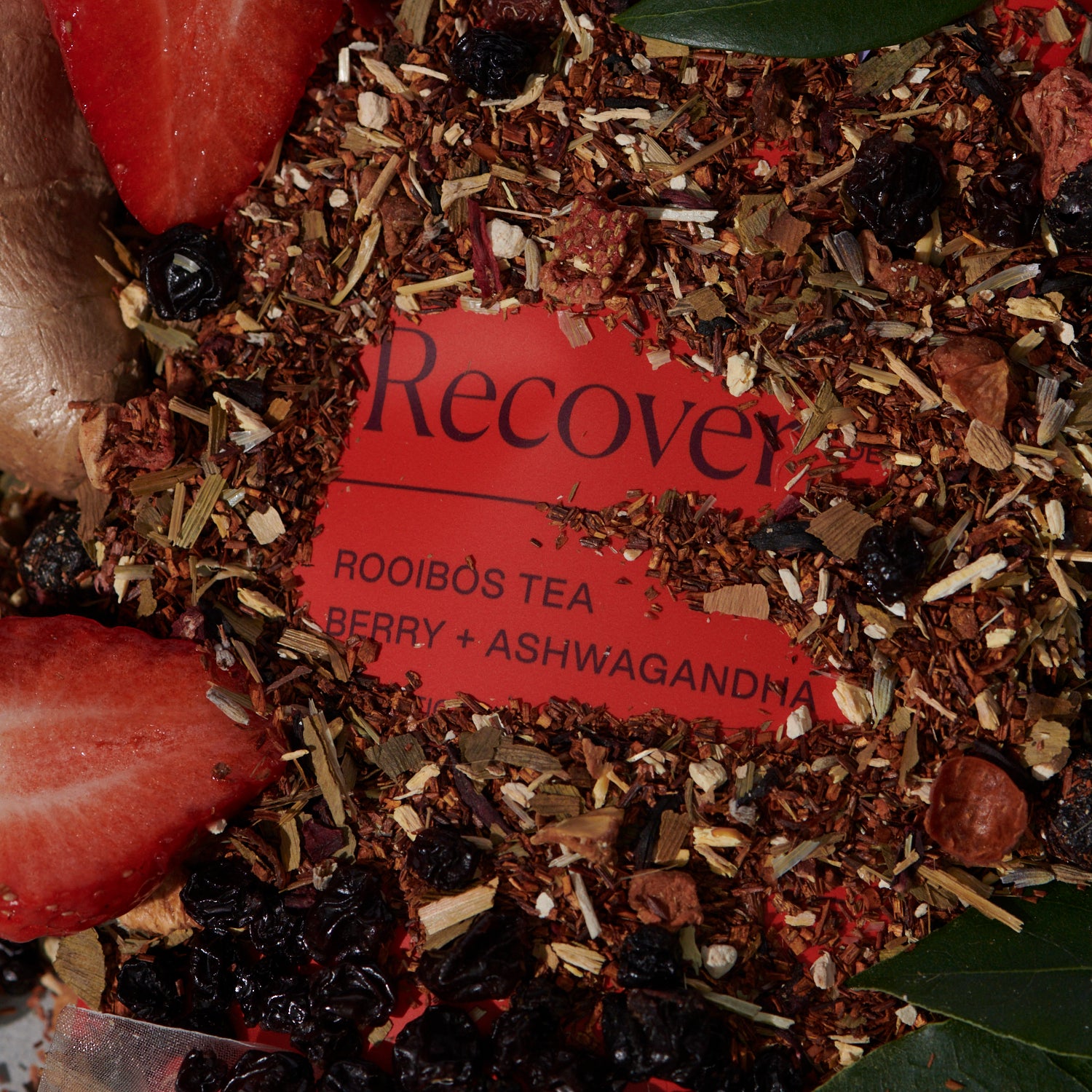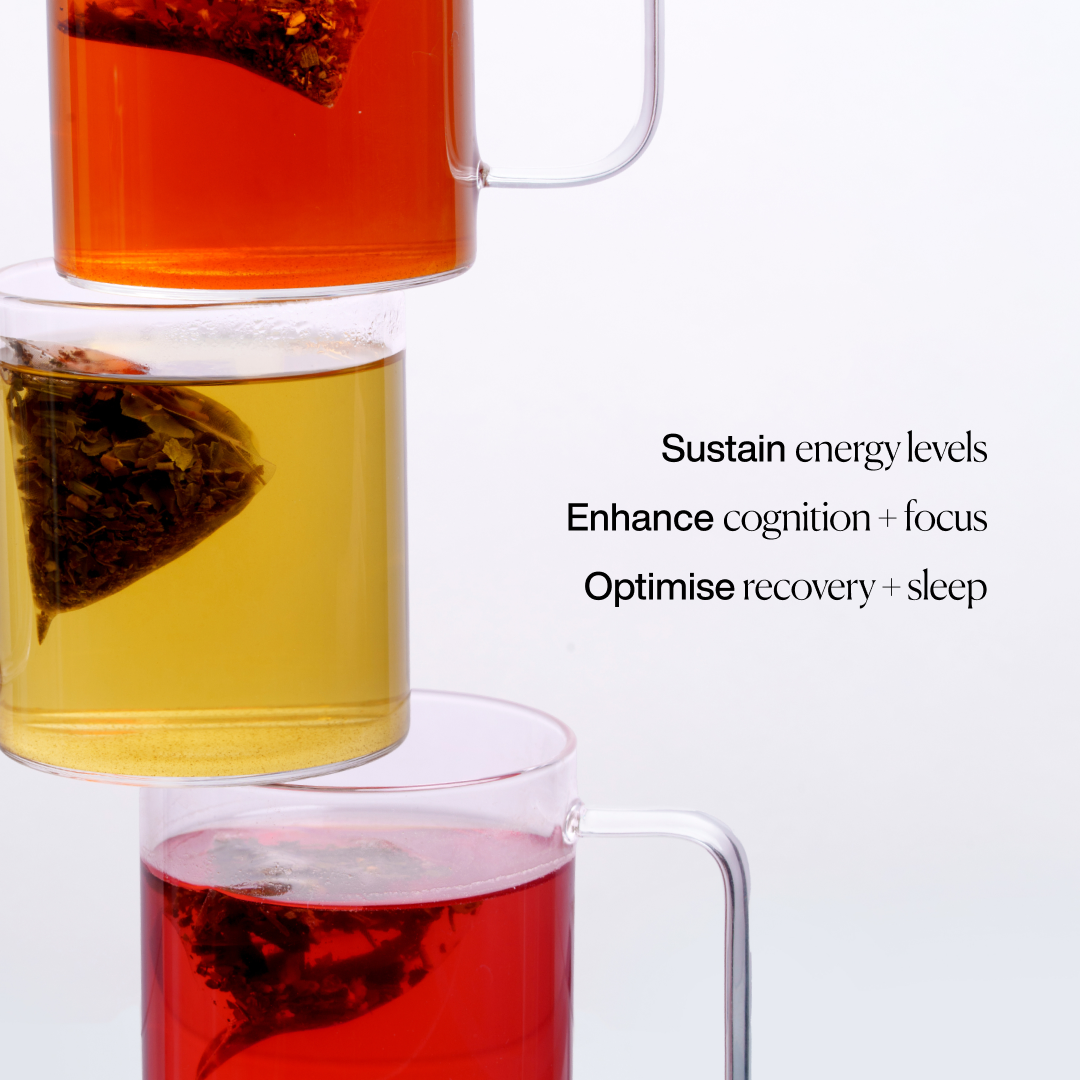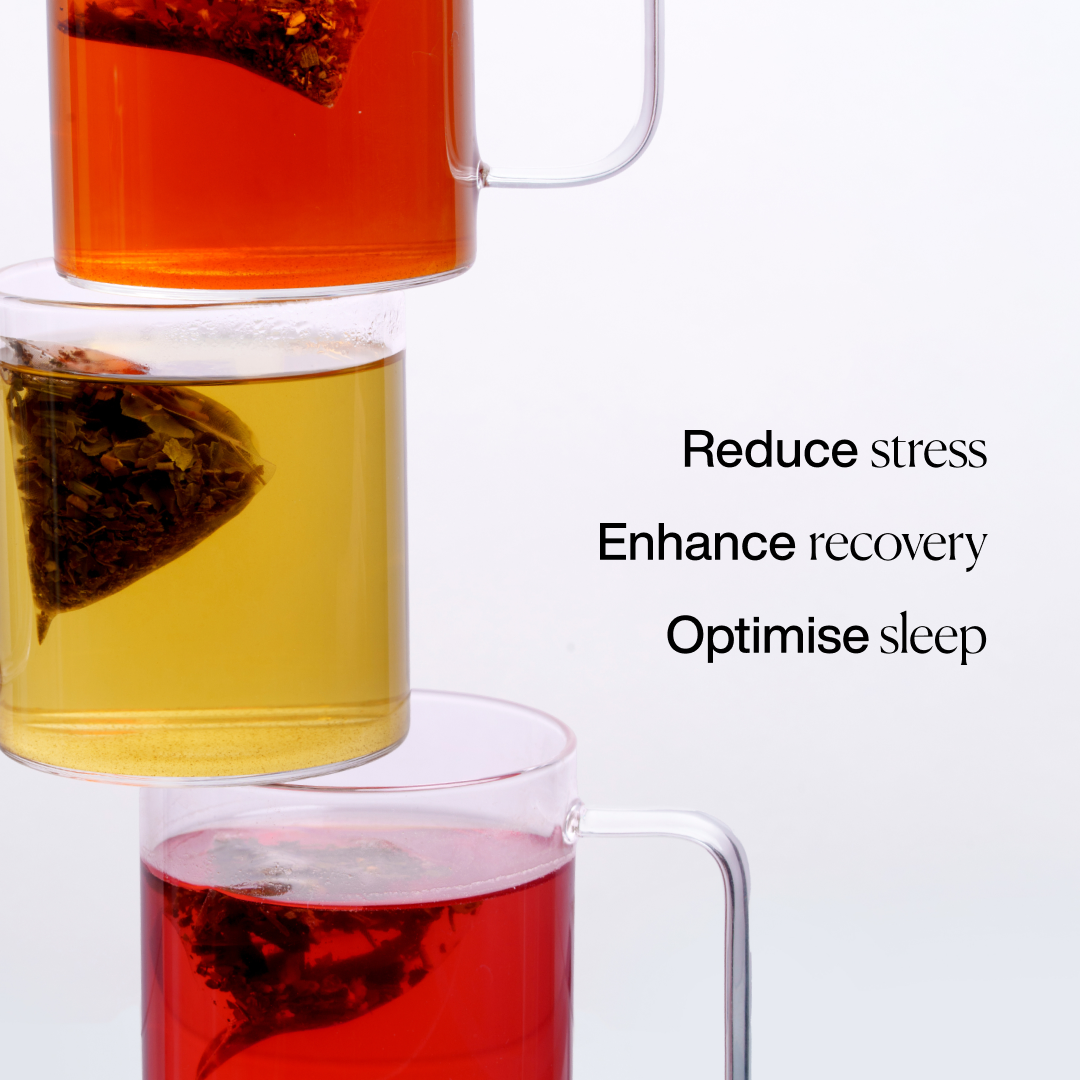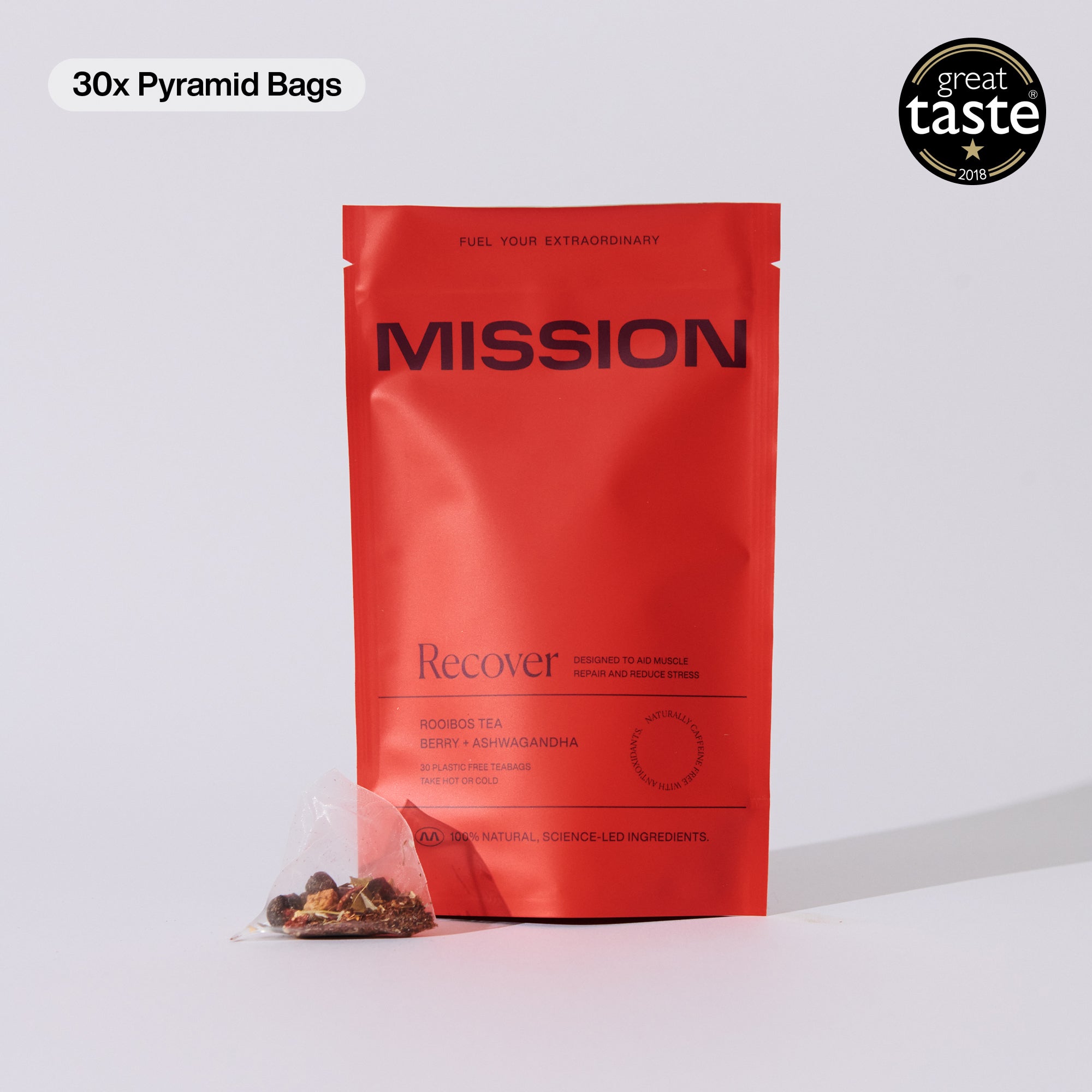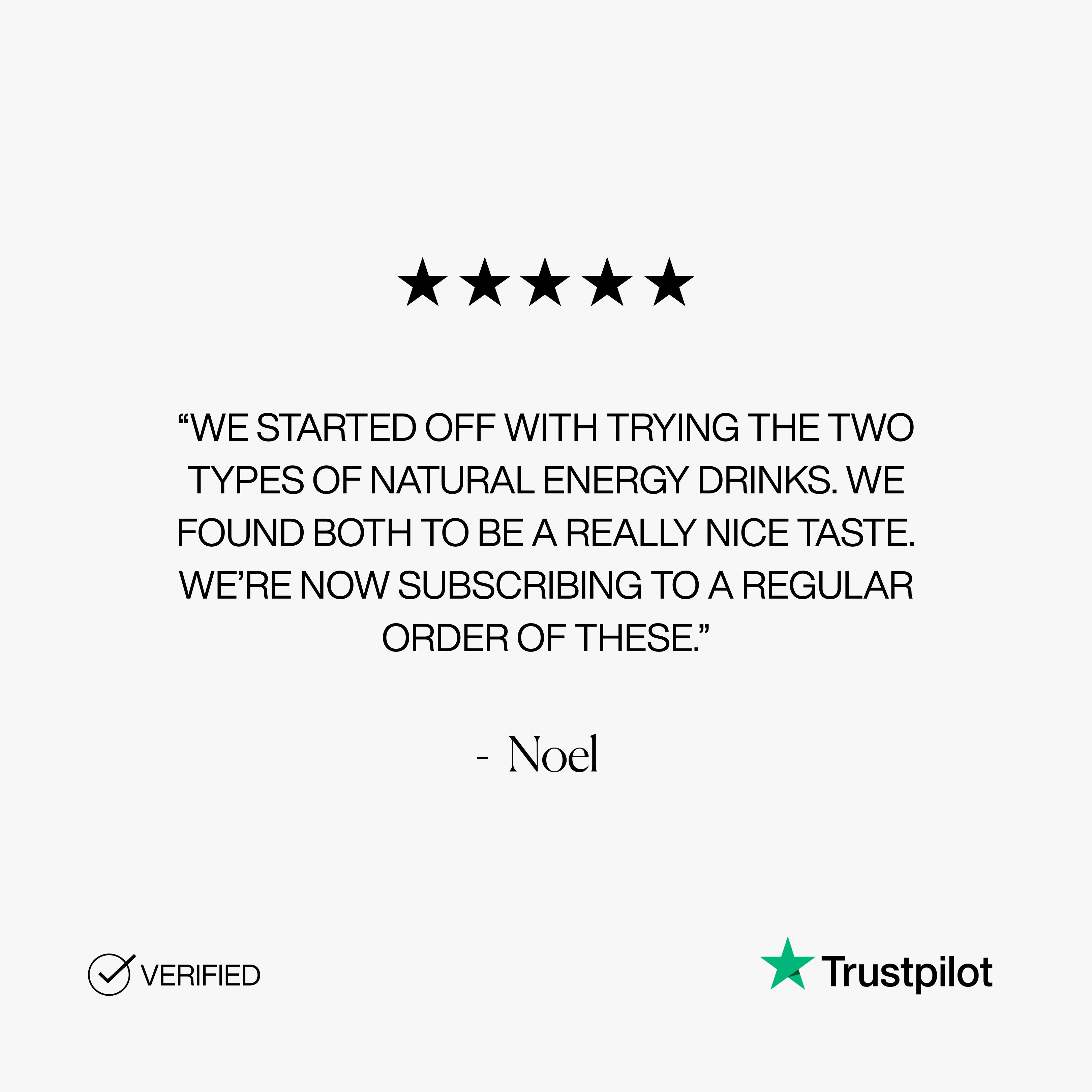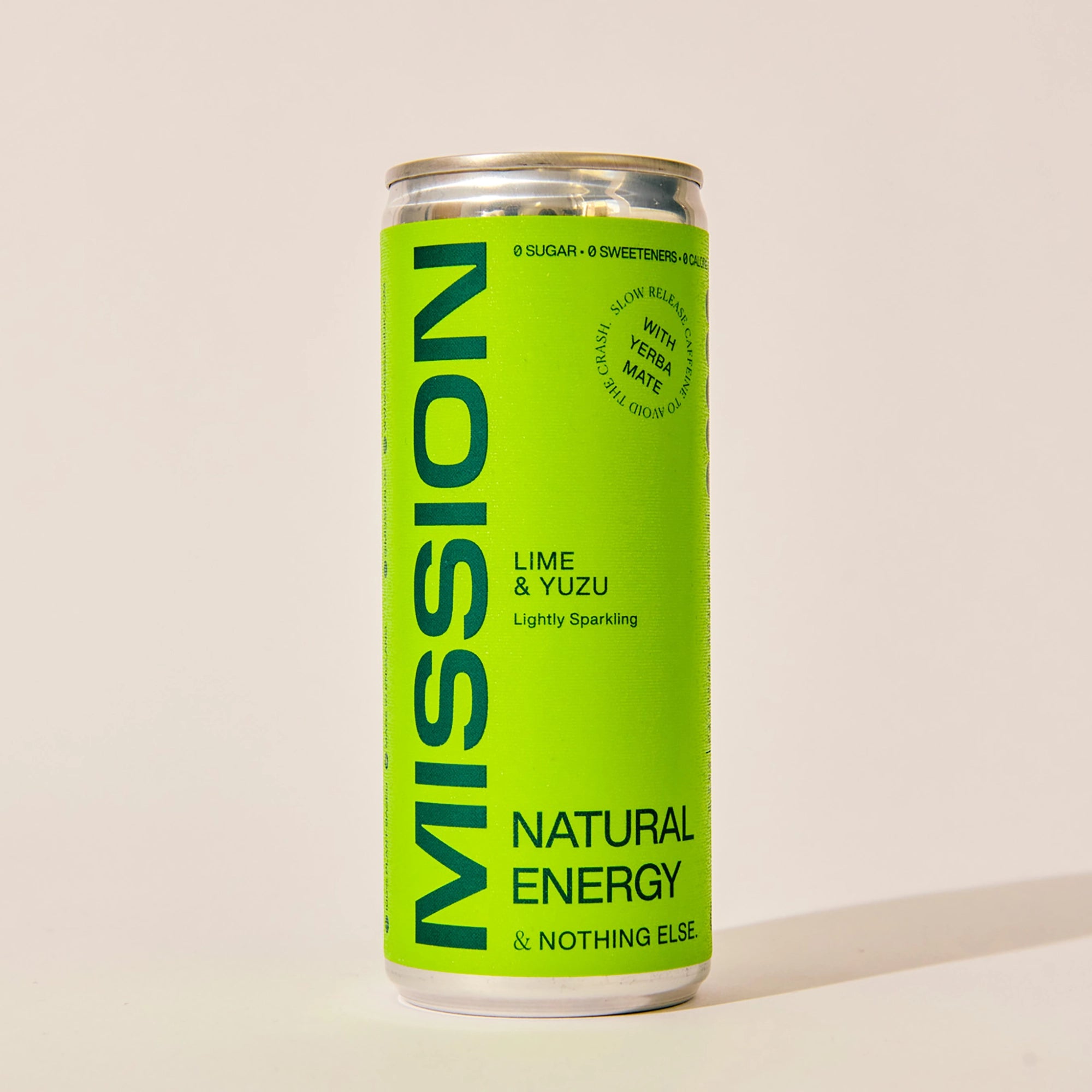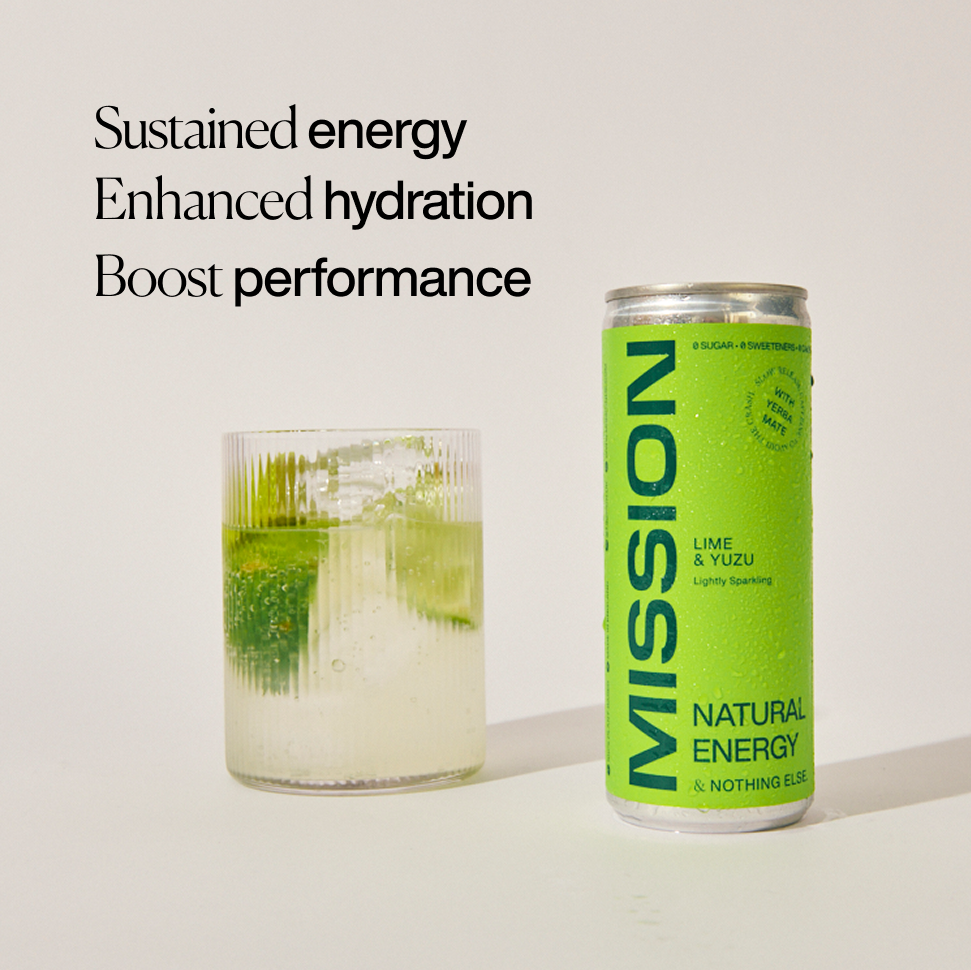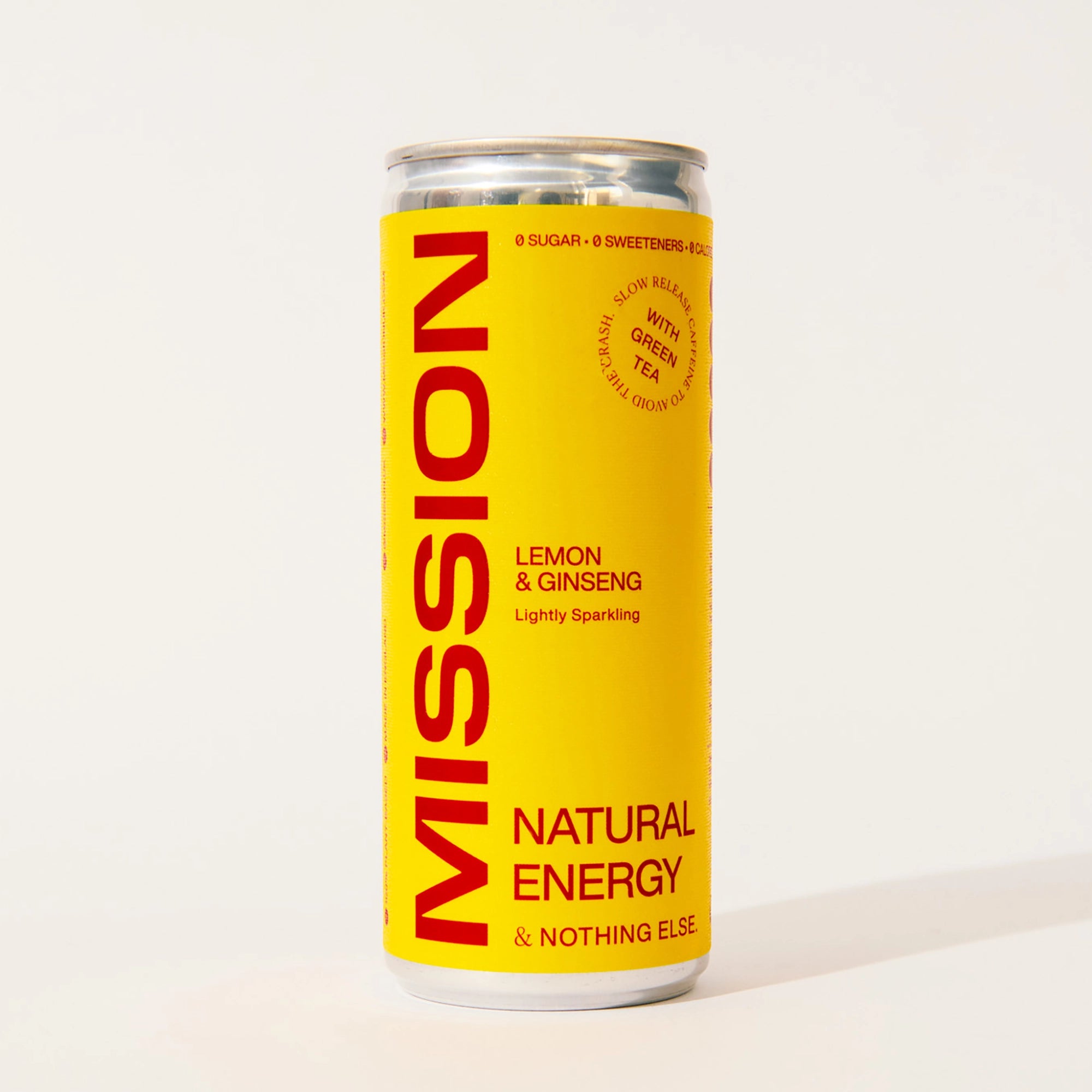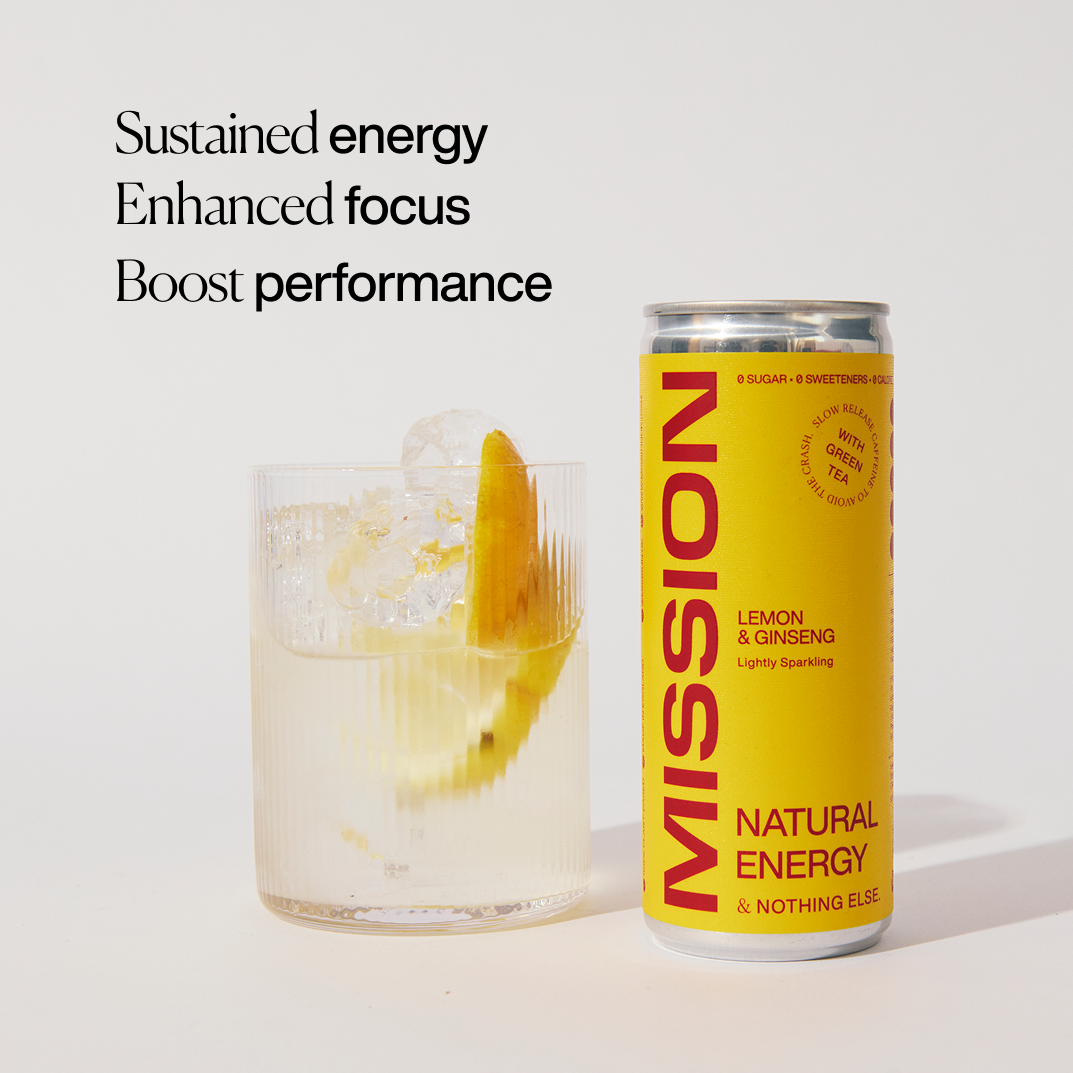What is the sugar crash and how can you beat it?
There is one phenomenon known almost universally to endurance athletes - “the sugar crash” which in scientific terms represents carbohydrate depletion. What actually happens when you crash and how can you beat it?
The science behind the crash
The mechanism behind the crash you feel after having something with a high sugar content has to do with two hormones, insulin and glucagon.1,2
In basic terms, glucagon increases blood sugar levels and insulin lowers them.1,2 When you have something with a high sugar content (and therefore a high glucose content), your blood sugar initially skyrockets and your body consequently produces a large amount of insulin to deal with all this excess sugar. However, this large amount of insulin causes your blood sugar to fall rapidly, which makes you feel sluggish and tired and is the reason why you “crash”.
High-sugar, high-caffeine energy drinks will aim to help an athlete avoid the crash by providing a top-up of readily available carbohydrates (i.e. sugar); however, there are only so many carbohydrates your body can store before it runs out again, leading to another crash and requiring another top-up, which results in this “crash and burn” cycle. Naturally, this has a negative effect on your overall athletic performance.
How to beat the crash
In order to beat the crash one needs to rework how the body metabolises fuel. What does this mean? Simply put, metabolism is the process of breaking down fuel (e.g. carbohydrates, fats, and proteins from food) to create energy.
Certain fuels, such as carbohydrates, are relatively easy for your body to metabolise (break down) and can be quickly converted into energy. This means that carbohydrates can be used to generate high levels of energy over a short period of time. Other fuels, such as fats, are more complex and take longer for your body to metabolise, which means that they release more moderate amounts of energy but over a longer period. So when it comes to athletic performance, especially in endurance events, this distinction is crucial.
Part of how regular exercise enhances your endurance capacity is by delaying the depletion of your carbohydrate stores through switching your muscle fibres from the types that use carbohydrates as their primary source of energy to those that primarily use fats instead (Figure 1).2 This provides extra energy for extended performance and saves your carbohydrate stores for high-intensity bursts when you need a lot of energy quickly, and which can be performance-determining (Figure 2).2
This switch from carbohydrate-dependent to fat-dependent metabolism is what we mean by metabolic flexibility.

Figure 1 (taken from Fan et al, 2017): Here, PPARδ acts as the switch that causes muscles primarily to rely on fat metabolism (green) instead of carbohydrate metabolism (yellow), sparing glucose stores and boosting performance. ATP refers to the molecular form of energy used by muscle cells.
Footnotes
1. Fan, W. et al. PPARδ Promotes Running Endurance by Preserving Glucose. Cell Metab. 25 , 1186-1193.e4 (2017).
2. Galgani, J. & Ravussin, E. Energy metabolism, fuel selection and body weight regulation. Int. J. Obes. 2005 32 , S109–S119 (2008).





